Straight to the Point
- Our favourite can opener is the EZ-Duz-It Deluxe Can Opener, which is exceptionally speedy and comfy to hold. We additionally like the Kuhn Rikon Safety Can Opener. If you are in the market for a security can opener, we assume it is the high-quality you can buy.
Peek into the Serious Eats pantry, and you’ll see masses of cans. There’s no disgrace in the usage of them. While tomato season is justifiably exciting, it’s additionally fleeting—the relaxation of the year, you’ll want a can opener to make flavorful tomato sauces. As plenty as we decide on to begin with dried beans, occasionally the pace of the use of canned ones wins out. And don’t neglect about that lunchbox stalwart, the tuna salad sandwich; the fundamental ingredient nonetheless commonly comes in a can. The humble can opener is a culinary key, breaching the tin lids of every of these merchandise to free the preserved contents trapped within.
We won’t lie—a can opener is infrequently an interesting piece of kitchen equipment. But we’ve all spent adequate time fumbling with janky ones to be aware of the minor frustration that’s possible. And a certainly horrible one? A can opener that warps the metallic alternatively of reducing via it, or one that can’t navigate the rounded corners and variable curves of rectangular and oval tins? That variety of can opener can derange a person. Before you be aware of it, a well-adjusted man or woman with no crook records at all will be driven to commit 10 distinct violent felonies towards the can, using an ever extra innovative vary of family weapons simply to get inside.
We don’t desire that to take place to you. To locate can openers that latch on easily, reduce quickly, flip corners barring going off track, and are satisfied to use, we examined 28 models, ranging in charge from round $5 to $55. The crew covered common rotary can openers that slice down via the pinnacle of the can, protection can openers that reduce via the facet of the lid for a much less jagged edge, and constant can openers with no transferring parts.
The Best Traditional Rotary Can Opener:
EZ-Duz-It Deluxe Can Opener

With a basic form that’s intuitive to use, the EZ-Duz-It used to be amongst the quickest fashions we tested. This well-built opener grabs onto cans easily, has a balanced weight, and reduce easily thru each and every dimension tin we threw at it. The pinnacle of the can is complicated to carry after reducing because, like all normal rotary openers, this mannequin places a sharp part on the lid.
The Best Ambidextrous Traditional Rotary Can Opener:
Nogent Classic Service Super Kim Can Opener
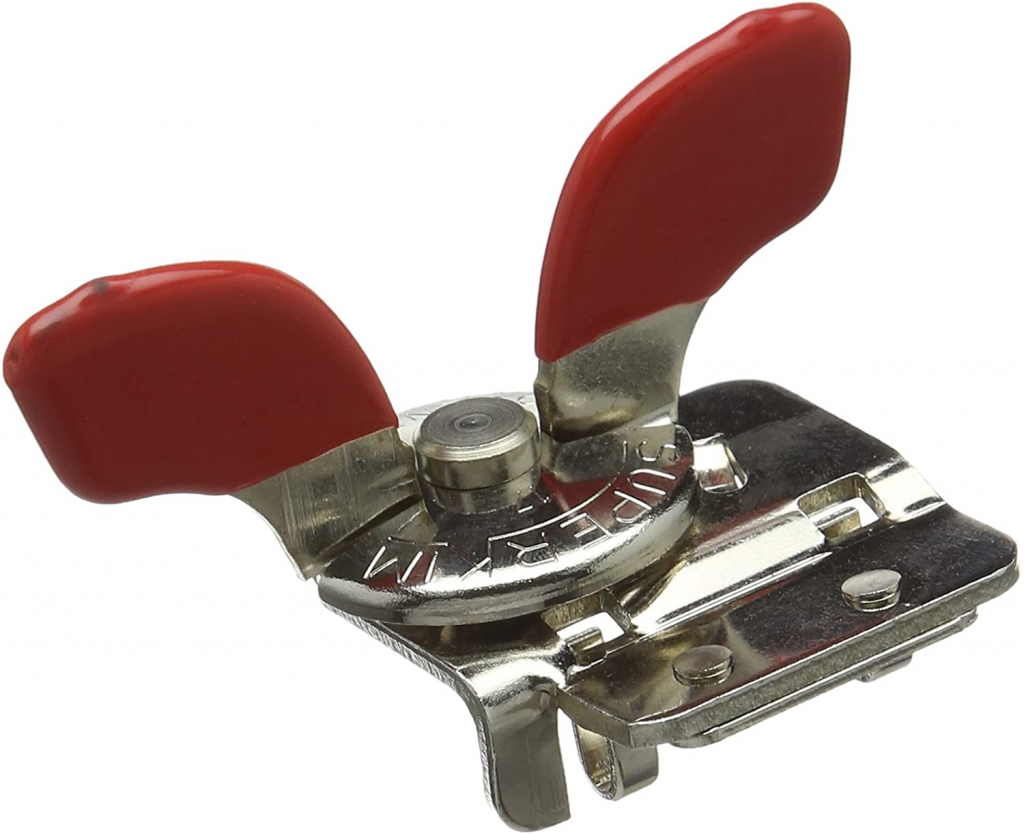
At round two inches square, the French-made Super Kim matches into the most packed kitchen drawer. While it requires a use or two earlier than latching it on will become 2nd nature, this model’s rubber-coated thumbwheel is at ease to twist and turns smoothly. The Super Kim cuts about as rapidly as the significant variations we tested. While it’s ambidextrous, lefties have to crank towards themselves to use it, which would possibly experience awkward at first.
The Best Safety Rotary Can Opener:
Kuhn Rikon Auto Safety Lid Lifter

The Kuhn Rikon has an intuitive format that makes latching onto cans a cinch; whilst protection can openers are commonly a little tougher to flip than usual rotary-style ones, the Kuhn Rikon is about as handy as a security can opener gets. It additionally has built-in metallic pincers that carry the lid off barring getting your palms messy.
Bartelli Soft Edge 3-in-1 Ambidextrous Safety Can Opener

The Bartelli opened each dimension can we tested, leaving a smooth, reusable lid every time—perfect for kitchens in which lefties and righties have to coexist. Latching onto the cans takes some getting used to, however the massive thumbwheel is effortless to flip for each left-handed and right-handed users. (Note: This mannequin seems to be no longer available, however the agency does make some other security can opener.)
Gangy Japanese Can Opener
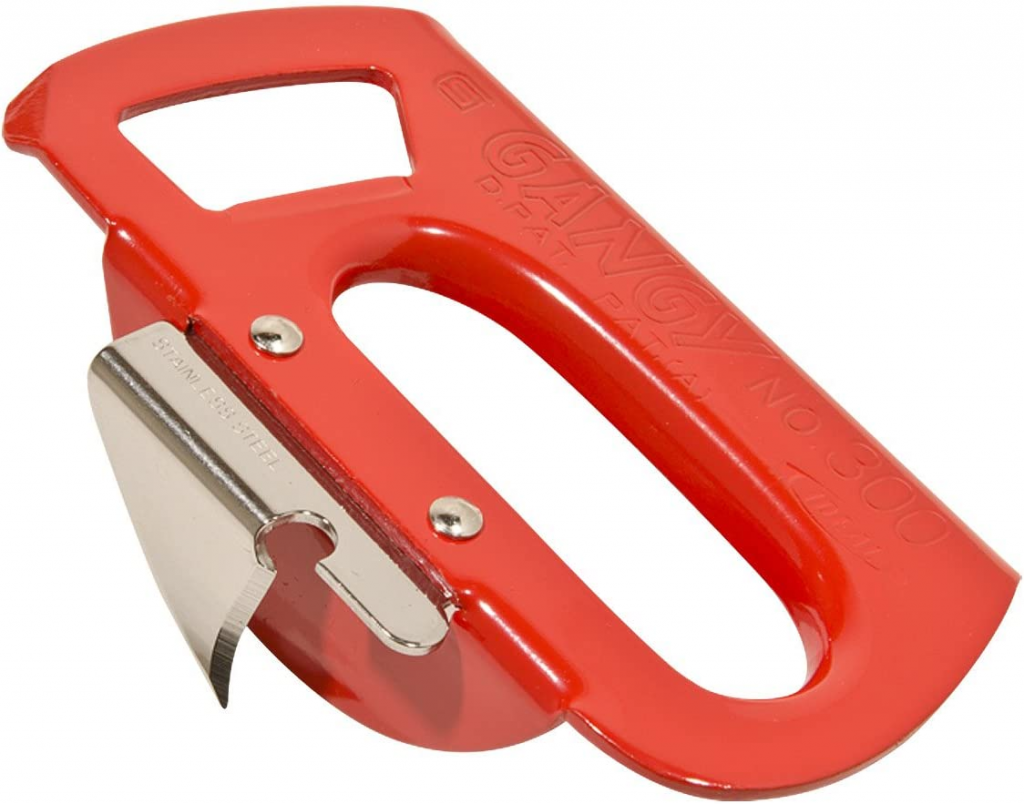
The Gangy makes use of a single tooth-like blade to over and over puncture the can’s lid and has no gears the place food, water, or grease can accumulate and get funky. The opener’s wide, rounded metallic physique is cosy to hold, and, whilst it’s now not as quickly as a rotary version, with exercise you can work round a can pretty quickly. The dishwasher-safe physique additionally consists of a bottle opener.
US Shelby Co. P-38 Can Opener and P-51 Can Opener
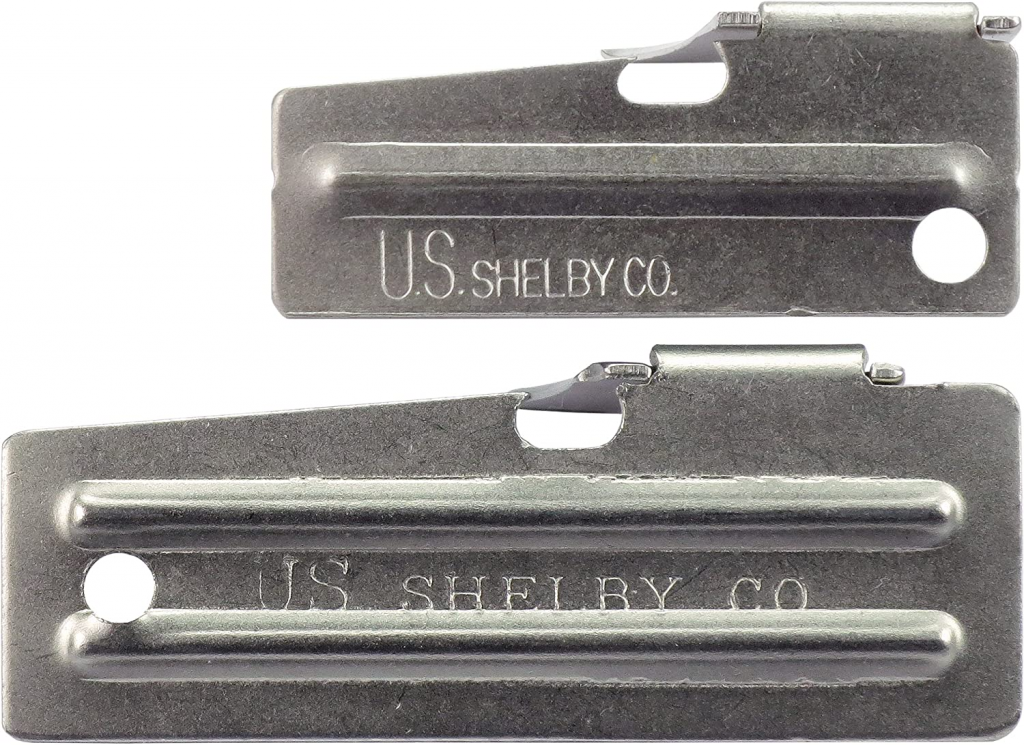
American troopers used a smaller model of the P-51 to open canned rations in the area from World War II into the 1980s. Like the can openers observed on Swiss Army knives, it makes use of a sharp teeth to pierce the lid, although its small dimension capacity it takes countless cuts to whole the job. With a fold-flat blade and a physique that’s about as heavy as a pair of nickels, it’s the ideal measurement to toss into a tenting backpack, emergency kit, or knife bag.
The Criteria: What We Look for in a Great Can Opener

For a can opener to earn a spot in our kitchen drawer, it has to open a large vary of tins, from tall, spherical ones crammed with tomato paste to squat imported oblongs of food like roasted eel. (We’re no longer kidding.) A true can opener clamps onto the vessel barring a lot fuss—though some are extra intuitive to use than others. Once you begin cutting, the opener need to observe the aspect of the can barring dropping its grip. The device ought to be effortless to maintain (and squeeze, relying on the design), and advancing the cutter shouldn’t require a herculean effort. If the opener has a thumbwheel, it have to be comfy to twist, and reducing the lid have to by no means ship shards of steel into your food.
For this review, we regarded at three kinds of handheld can openers.
While canning dates again to the late 1700s, equipment designed particularly for opening metallic cans observed a whole lot later as tin cans changed iron ones, which would have been opened with a hammer and chisel. One of the oldest can opener designs, frequently known as the “level style,” was once patented in Waterbury, Connecticut, in 1858 and points a metallic fang that punctures the pinnacle of the lid as you pivot the device down. While they’re now not as famous today, we covered a few in a similar way “fixed” models, based totally on a comparable principle, in our tests.
Fast-forward to Kansas City, Missouri, in the mid-1920s, when Charles Arthur Bunker delivered gears and a squeezable, pliers-style grip to a compass-like rotary-style can opener that had been invented 50 years earlier. That grew to be the foundation for the normal plan most of us grew up with. Later, in the 1980s, a new model of the rotary can opener got here along. Often known as a “safety opener,” this format cuts simply beneath the rim on the facet of the can, growing a clean lid with no sharp edges. Not solely is the lid safer to handle, however it can be reseated on the can for momentary refrigerated storage of the unused portion. The bulk of the fashions we examined are examples of these two rotary styles, which are the most popular.

While getting to know fashions to test, we study a Wirecutter evaluate that described the safety-style can opener as less long lasting than the conventional rotary design. To locate out why, we requested OXO, one of the solely producers to make each styles. Mack Mor, a senior product engineer at the company, advised us that safety-style openers fail quicker due to the fact of the depth of the cut.
Among OXO’s tools, the safety-style opener punctures the thicker aspect of the can about 0.25 millimeters deep, a distance that is fixed. But on a regular rotary opener, the blade cuts thru the skinny pinnacle facet of the can up to 12 instances deeper, relying on how tightly you squeeze the handles. Though the blades on each patterns are made from the equal steel, the conventional-style opener’s deeper penetration and its less difficult challenge of slicing via thinner metallic suggest that it performs higher over the lengthy haul—even as the reducing wheel wears down with use, it has a good deal greater of a buffer earlier than it fails to effectively breach the can. That said, some customers choose the smooth-edged, reusable pinnacle the safety-style opener creates and are inclined to take the chance of having to purchase a new mannequin each and every few years or so.
We recruited three human beings to act as testers, a combine of righties and one lefty, with various hand sizes and strengths. In the end, we observed matters we favored about every fashion of can opener. Overall, the standard rotary-style openers normally reduce the quickest thru the skinny lids, requiring the fewest thumbwheel rotations. Not surprisingly, this most frequent kind of opener tends to be the most intuitive to use. The exception is our prevailing compact Super Kim, which takes a little getting used to earlier than latching it onto the can turns into 2nd nature.
The protection can openers had been frequently slower, and the thumbwheel, whilst smooth, required extra effort to turn; this makes sense, seeing that they have been slicing via a thicker band of metal. Because they normally mount on pinnacle of the lid, with the thumbwheel placed like helicopter blades, you can open almost any measurement can whilst it rests on the countertop, except the thumbwheel bumping the work surface. That capability much less hazard of spilling the liquid inside, which can take place when you are attempting to open a very brief can with a typical rotary opener: To preserve the thumbwheel from hitting the countertop, you’re pressured to maintain the can aloft as you open it, growing the spill potential.
If you prize portability—and the potential to smooth the can opener barring concern of rust jamming up the tools device that rotary openers have—then constant can openers work well. Their easy design, with nothing extra than a sharp teeth and trap for leverage, has no tight areas or gears that can lure meals or liquids, and they can be washed except any risk.
The Testing
Test 1: Opening Cans
A correct can opener has to work on a extensive vary of cans. We examined with standard-size cans of tomato paste, pitted olives, kidney beans, peas, and tuna. The cans ranged in circumference from two 1/8 inches to almost 10 half inches. When America’s Test Kitchen evaluated can openers, they pronounced some concern opening 14-ounce cans of Nestle Carnation Sweetened Condensed Milk and 14.5-ounce cans of Hunt’s Diced Tomatoes, so we made positive to consist of these in our tests. Beyond the general grocery store offerings, we scoured Asian markets for imported cans, like fermented mustard veggies from Thailand and roasted eel in rectangular tins from Taiwan, to see if they posed a challenge. We also blanketed rectangular containers of anchovy fillets, which we examined all our winners on.
We lined up testers, a combine of righties and lefties, and cited how many turns of the thumbwheel every mannequin wanted to absolutely sever the lid. (For constant models, which don’t use a thumbwheel, we counted how many man or woman lid punctures had been required.) The desirable information is, most openers made it round a standard-size can of olives in 4 and a half of to seven rotations. We disqualified any especially sluggish models. Our prevailing rotary-style openers fell in the five- to six-and-a-half-rotation range.
The Chef’n model, which inched round the can with every squeeze of the handle, required almost 20 cranks to do the job—a serious ache in the hand. Both of our triumphing constant openers required extra than a dozen punctures to open the olive can, however testers received quicker with them over time.
Test 2: Latching On
After a few rounds of testing, which narrowed the area to the faster-cutting models, we opened some extra cans, this time including imported and oblong-shaped cans. In these rounds, testers assessed how properly every mannequin gripped the cans.
The traditional-style can openers had a clear gain right here and latched on the most easily. It took a couple of makes use of of many of the safety-style openers to acquire the equal stage of ease. Because many security openers mount to the pinnacle of the can, your line of sight is frequently obscured as you latch on. That forces you into some bizarre can-opener-yoga poses as you duck down to appear underneath the tool, attempting to nail the alignment.
The EZ-Duz-It was once easy to get started, as was once the Super Kim, at least after a few uses. Our triumphing Kuhn Rikon protection opener takes the guesswork out of placement with cutouts on the device that help you align it with the spherical can top. The Bartelli’s turning wheel and cutter are seen as you function the device on the can, which is helpful. Latching on, and now not slipping off, is the hardest phase of the use of the fixed-style openers, which hire a small hook to maintain on to the can. We located that the fashions with a deeper hook are less complicated to control.
Test 3: Handle Shape and Material
Whether you are squeezing the handles or pushing a thumbwheel, the diagram of the components you contact and keep makes a huge difference. Handles and thumbwheels on the fashions we examined ranged from naked steel and plastic to rubbery grips over steel or plastic. Both righty and lefty testers assessed the openers for comfort.
Testers desired handles protected in rubber, which are extra forgiving when you squeeze or press on them, or these made from tough plastic, which can be molded into large grips that don’t pressure you to shut your hand tightly. For thumbwheels, measurement matters: Larger designs provide your hand greater actual property to press against, which is continually extra comfortable. Our winners characteristic grippy rubber or broad plastic handles and thumbwheels that are soft or large. The solely exception used to be our favourite compact constant cutter, which is solely two inches tall, so it can be uncomfortable when you are opening quite a few cans.
How We Chose Our Winners
While all the fashions examined will open a can of beans, our winners exclusive themselves on speed, ease of use, safety, or with a space-saving design. During research, rusting got here up as a frequent can opener complaint. Though we didn’t trip any rust problems after washing the fashions at some point of our tests, we’ll proceed to use our winners and replace our assessment on in addition use.
The Best Traditional Rotary Can Opener: EZ Duz It Deluxe Can Opener
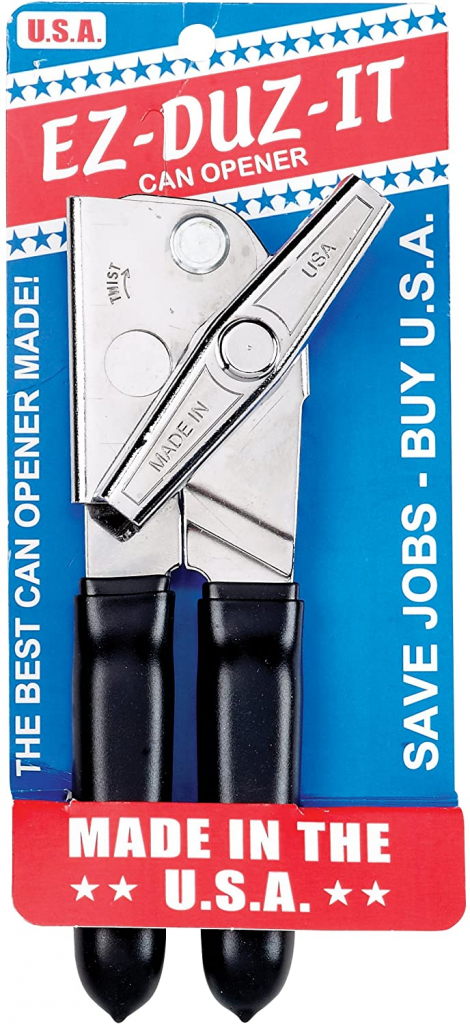
What we liked: The sturdy EZ-Duz-It is, proper to its name, convenient to flip and use. The opener latches on besides fuss, and squeezing the grippy rubber handles collectively forces the cutter down via the lid—and, if you pay attention closely, you’ll hear the can hiss. The producer doesn’t skimp on the use of metal, inclusive of full tangs in the handles. That helps make this mannequin the 1/3 heaviest we tested, at simply over 10 ounces, however the weight feels balanced.
The gears come collectively smoothly, and the roomy thumbwheel wants solely 5 turns to open a can of tuna. This mannequin had no troubles with any of the cans we tested. As with all traditional, side-mounted rotary openers, you have to elevate some shorter cans, like tuna, off the counter to clear the thumbwheel (that, or you have to work off the aspect of the countertop).
And, as with all ordinary rotary can openers, the opened can ends up with a sharp-edged lid that poses a minor security risk.
What we did not like: Our solely actual criticism about the EZ-Duz-It is the slop in the hinge, even though it doesn’t appear to restrict effectiveness.
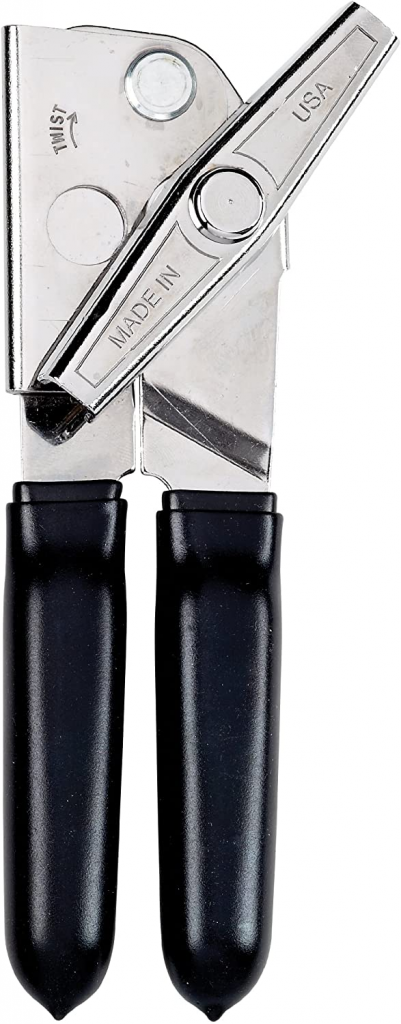
The Best Ambidextrous Traditional Rotary Can Opener: Nogent Classic Service Super Kim Can Opener

What we liked: Once you’re acquainted with latching the Super Kim onto a can, which took us two or three tries to get right, it cuts fast. Instead of the circular blade most can openers use, this mannequin pulls a single tooth-like metallic knife thru the lid with every flip of the thumbwheel, which outcomes in a very easy (but nonetheless sharp-edged) cut. It wished six and a half of rotations to work round a tuna can.
Unlike different rotary fashions that flip the can as you crank the thumbwheel, the Super Kim crawls round the lid, which capacity you have to maintain the can nevertheless with your different hand. But each righty and lefty testers discovered this mannequin appealing to use, although lefties have to flip the thumbwheel towards themselves, which isn’t firstly very intuitive.
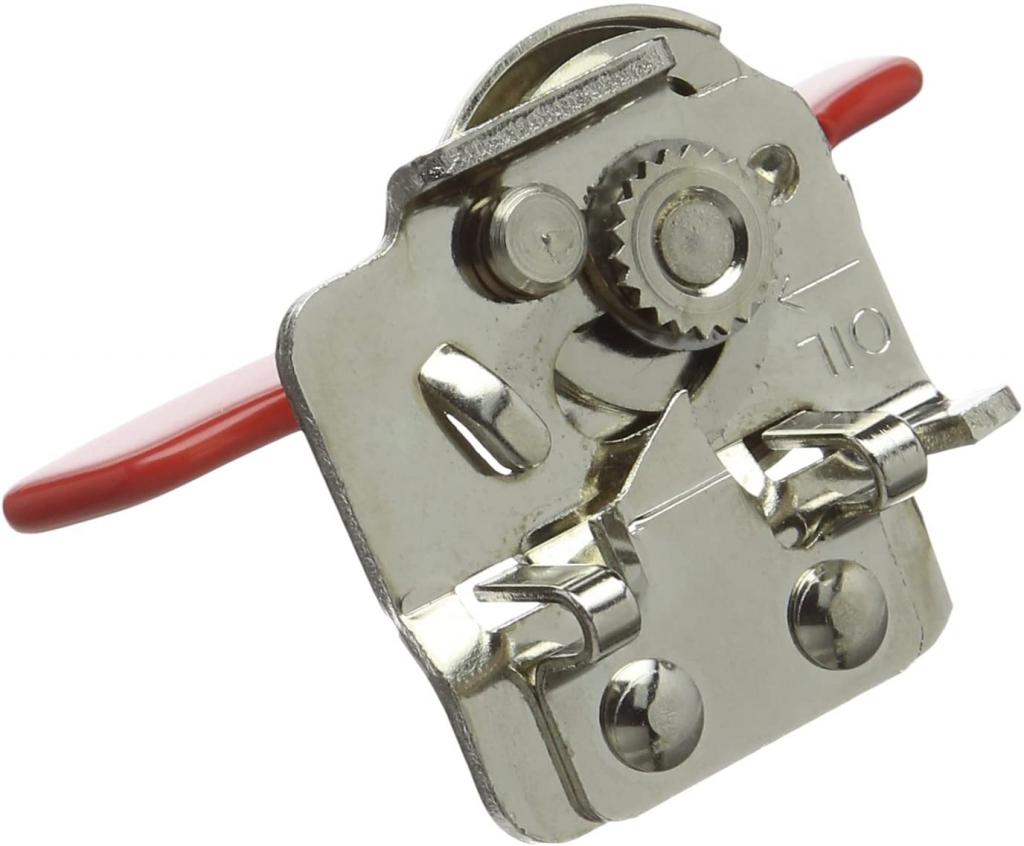

No Comments
Leave Comment